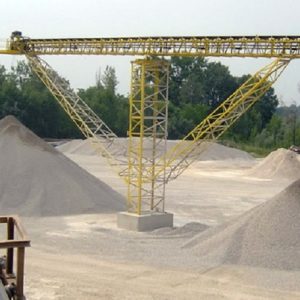Three workers lost their lives on Monday in separate accidents across Italy, raising fresh concerns about workplace safety just days after Labour Day. INAIL also released its monthly bulletin showing an 8.47% increase in workplace-related fatalities.
In the most recent incident, a 47-year-old maintenance worker from San Nicandro Garganico (Foggia) was electrocuted in Paliano, in the province of Frosinone. The man was working on a photovoltaic system on Via Bosco Castello when he was fatally struck by an electric discharge around 5pm. Emergency services were called to the scene but could do nothing to save him.
Paliano, located in the Ciociaria area between Rome and Naples, was the site of one of three fatal incidents reported on Monday.
Earlier in the day, a construction worker died in Frattamaggiore (Naples) after falling during renovation work on the facade of a building. The accident occurred in a private courtyard on Via Padre Vergara. The man was taken to hospital but later died from his injuries. Carabinieri and ASL (local health authority) officials are investigating the circumstances of the accident.
Also on Monday, a 58-year-old worker died at the Aristoncavi metal plant in Brendola, near Vicenza in the Veneto region. Details of the incident are still emerging, and an inquiry is underway.
Q1 figures show 8.47% rise in workplace-related deaths
The triple tragedy came as Italy prepares for talks on workplace safety between the government and trade unions. Prime Minister Giorgia Meloni announced ahead of the May Day holiday that €650 million would be allocated to improve health and safety at work.
The latest figures from Italy’s national workplace accident insurance agency, INAIL, show a sharp rise in fatalities. Between January and March 2025, 205 people died due to work-related accidents. That is an increase of 8.47% compared to the same period last year.

The government will meet with trade union representatives on 8 May to discuss further measures.
Unions and campaigners have repeatedly criticised what they describe as a “culture of neglect”. They are calling for tighter controls, more inspections, and stronger enforcement of safety laws.





